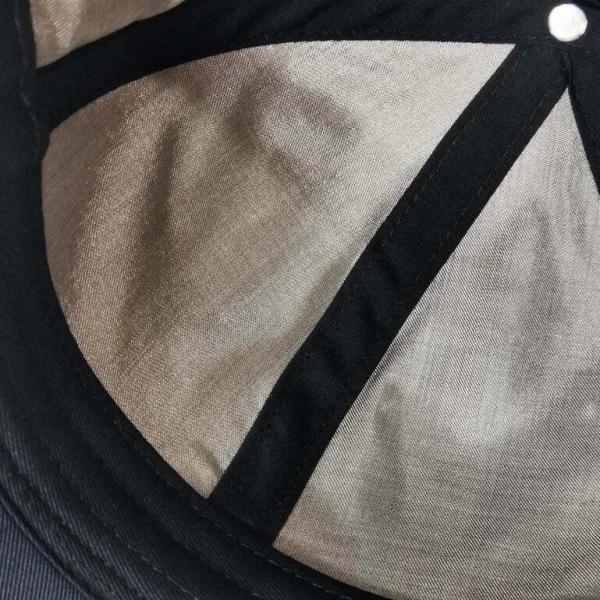The Faraday hat is an EMF protection hat which blocks radio waves from being transmitted to your brain. It is a tinfoil helmet that is typically used by people with Electromagnetic hypersensitivity (EHS).

The tin foil hat works as a Faraday cage, an enclosure that protects its interior from electrostatic charge and electromagnetic radiation by dispersing them along the exterior inside the cage.
What is the procedure? Faraday Cages Work
A Faraday cage can be described as a metal object that acts as an electrical conductor. When an electric charge comes in the cage, free electrons in the conductive material instantly realign themselves and cancel out the fields that are incoming.
The efficiency of a Faraday cage depends on the design, dimensions, and choice of construction materials. It is also important that they are groundable and have gaps and seams that are minimized.
The most effective Faraday cages can are able to block static electric charges as well as electromagnetic waves, protecting those conducting sensitive research which are impeded by radiated radiation. MRI scan rooms for instance must be enclosed in a Faraday cage to stop radiation from interfering with the imaging process for diagnostic purposes.
Despite their incredible efficacy, Faraday cages can be completely safe. Electrons can still get through the Faraday cage, causing damage to electronics within it. This is why they're used in high-powered labs to cut down on noise and interference. They also can help protect the equipment from electro-magnetic pulses (EMPs), which are weapons with high energy that aim to neutralize electronic equipment.
How Faraday Fabric Works
It doesn't matter if it's radio waves wireless networks, or other electromagnetic radiation sources interfering with these connections unstable and interrupt the function of devices. As a result, many vital components are wrapped with protective materials such as copper foil to protect them.
But these cages can be awkward and heavy. That's why researchers from Drexel University have developed a Faraday fabric that is flexible, durable and washable.
The fabric is the 2D material known as MXene, and it can block virtually all electromagnetic radiation. In the future, clothing made of this technology might be used to shield wearables from interference and people from radiation that could be harmful to them.
Although this technology is currently in development however, it's a fascinating idea for clothing. faraday hat is hoping that this fabric will lead to clothing with RF-blocking pockets, which will be useful for people who wish to keep their devices away from their head when using them. It could also prevent the most common health issue that is brain tumors caused by radiation.
Faraday Cages Versus Faraday Fabric
If you're not aware of Faraday cages Here's how they function When the electrical fields come into contact with conductors made of metal, such as aluminum mesh and aluminum mesh, it creates negative and positive particles to be separated. The redistribution of charge eliminates all electromagnetic signals that enter through.
This process allows utility workers to work near power lines without fear of being electrocuted. This also keeps military equipment and telecommunication devices from interference.
However, Faraday cages can be costly and not ideal for everyday use. This is where Faraday fabric comes in.
Faraday Fabric Versus Tin Foil
If you've ever seen a Faraday cage, you know that they're little more than a conductor that is all-encompassing that deflects or harmlessly absorbs electromagnetic radiation prior to it reaching sensitive electrical components protected within. This type of shielding is used in elevators, in the scanning rooms that MRI machines are located in, "booster bags" that shoplifters use to circumvent electronic security tags even within your microwave oven at home.
However, can http://note.pearltrees.com/13799735/bbd2a1a771619d92ac5933d8133234a2 be considered a Faraday cage?
To block completely radio waves the Faraday cage needs to be sealed and completely enclosed.
But a tin foil cap doesn't have enough space to accomplish this, which is why it only partially blocks radiation.
Additionally, https://seerup-lehmann.thoughtlanes.net/faraday-caps-provide-protection-against-electromagnetic-fields-1680706555 are able to amplify radio signals. They supposedly do this by making use of resonance.
